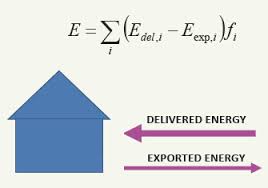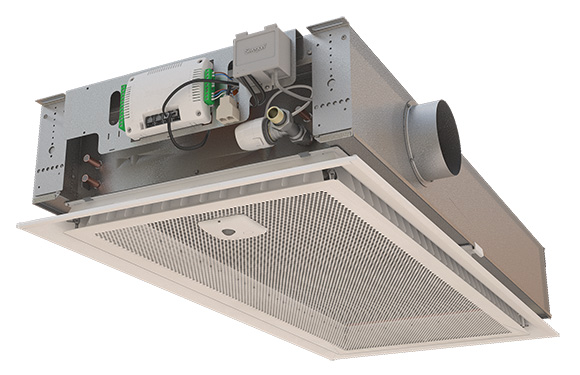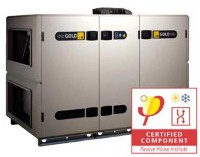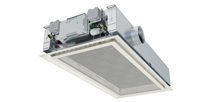Swegon publish guidelines to nZEB legislation
WORLD – Swegon have been using their Air Academy to inform consumers about the changes which can be expected under the nearly zero energy building (nZEB) law which will come into effect in 2020. The company, with the support of Carlos Lisboa, have produced a series of articles which can act as a consumer’s guide to the upcoming nZEB regulations.
Under European law, Directive 2010/31/EU (EPBD recast) Article 9 states that “Member States shall ensure that by 31 December 2020 all new buildings are nearly zero-energy buildings; and after 31 December 2018, new buildings occupied and owned by public authorities are nearly zero-energy buildings”. Member States shall furthermore “draw up national plans for increasing the number of nearly zero-energy buildings” and “following the leading example of the public sector, develop policies and take measures such as the setting of targets in order to stimulate the transformation of buildings that are refurbished into nearly zero-energy buildings”.
The definition of a nearly zero-energy building is given under Article 2of the EPBD recast as being “a building that has a very high energy performance. The nearly zero or very low amount of energy required should be covered to a very significant extent by energy from renewable sources, including energy from renewable sources produced on-site or nearby”.
Swegon have stated that adopting nZEB will entail some changes in traditional requirements such as energy flexibility including energy storage. This requirement for energy flexibility is necessary due to the variable output of renewable sources and the company further states that buildings and technical systems should ideally be designed to allow for this flexibility.
Swegon believe that energy storage is the easiest way to address the issue of building energy flexibility but other options are possible, such as allowing for a broader range of accepted indoor environment requirements in limited time periods; creating monetary benefits for those who allow grid managers to temporarily unload specific electrical loads in buildings; and allowing for flexible work time.
Today Swegon disclosed that, for them, energy efficiency is primarily concerned with integrated building design; passive solutions optimization; active systems optimization and efficient technology.
As described in the EU MaTriD project, Market Transformation Towards Nearly Zero Energy Buildings Through Widespread use of Integrated Energy Design, it is stated that “Integrated design is an approach that considers the design process as well as the physical solutions with the overall goal to optimize buildings as whole systems throughout the lifecycle. In the early design phases, the opportunities to positively influence building performance are great, while cost and disruptions associated with design changes are very small.”
To qualify as integrated design, an approach should include criteria such as collaboration within an integrated mutli-disciplinary Building Design Team; discussing and evaluating multiple alternative design concepts; clear goal setting; building performance assessed in a lifecycle perspective; systematic monitoring; optimising passive solutions; in an integrated design process, high indoor comfort and low energy consumption should be achieved through passive design measures and, finally, as few efficient technical systems as possible.















